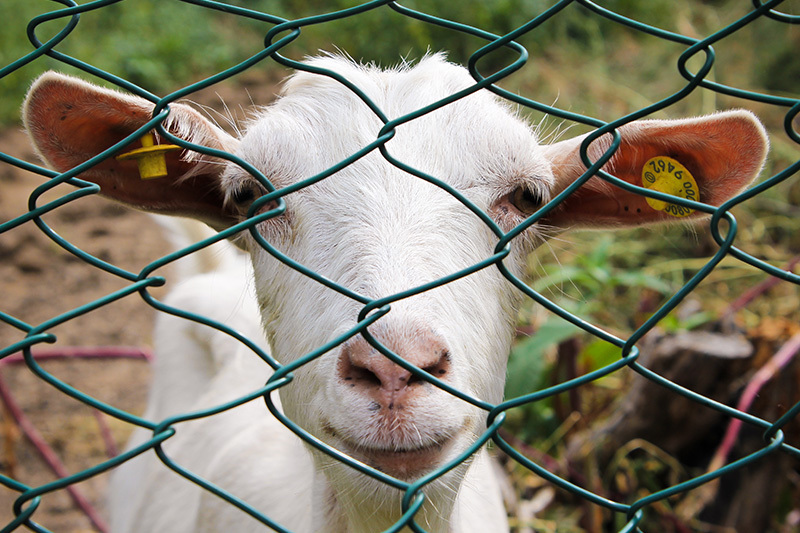Key Features of Heat Treatment Methods for Guardrail Nets
Time:
Nov 13,2023
Author:
Source:

Heat treatment methods are commonly used to improve the physical and mechanical properties of guardrail nets. These methods involve the use of heat to alter the microstructure of the material, resulting in increased strength, hardness, and durability. Some key features of heat treatment methods for guardrail nets include:
1. Annealing: Annealing is a heat treatment process that involves heating the guardrail net to a specific temperature and then slowly cooling it to room temperature. This process helps to relieve internal stresses, improve ductility, and facilitate further processing such as forming or welding.
2. Quenching: Quenching is a rapid cooling process that involves immersing the guardrail net in a quenching medium such as water, oil, or air. This process results in the formation of a hardened structure, increasing the strength and hardness of the material. However, quenching may also lead to the development of internal stresses, which can be relieved through tempering.
3. Tempering: Tempering is a heat treatment process that involves reheating the guardrail net after quenching to a specific temperature and then allowing it to cool slowly. This process helps to reduce the hardness and brittleness of the material while improving its toughness and ductility. Tempering is often used after quenching to achieve a balance of strength and toughness in the guardrail net.
4. Case hardening: Case hardening is a heat treatment process that involves adding a thin layer of hardened material to the surface of the guardrail net. This process helps to improve wear resistance, hardness, and strength in specific areas of the guardrail net where increased durability is needed.
5. Stress relieving: Stress relieving is a heat treatment process that involves heating the guardrail net to a specific temperature and then slowly cooling it to room temperature. This process helps to relieve internal stresses that may have developed during manufacturing processes such as welding or forming, reducing the risk of deformation or cracking.
6. Normalizing: Normalizing is a heat treatment process that involves heating the guardrail net to a specific temperature and then allowing it to cool in still air. This process helps to refine the grain structure of the material, improving its mechanical properties such as strength and toughness.
Overall, heat treatment methods play a crucial role in enhancing the physical and mechanical properties of guardrail nets, making them more suitable for use in demanding applications such as highway safety barriers. By carefully selecting and implementing the appropriate heat treatment method, manufacturers can ensure that guardrail nets meet the required performance standards and provide reliable protection for motorists and pedestrians.
Key words:
Next page:
Share To




